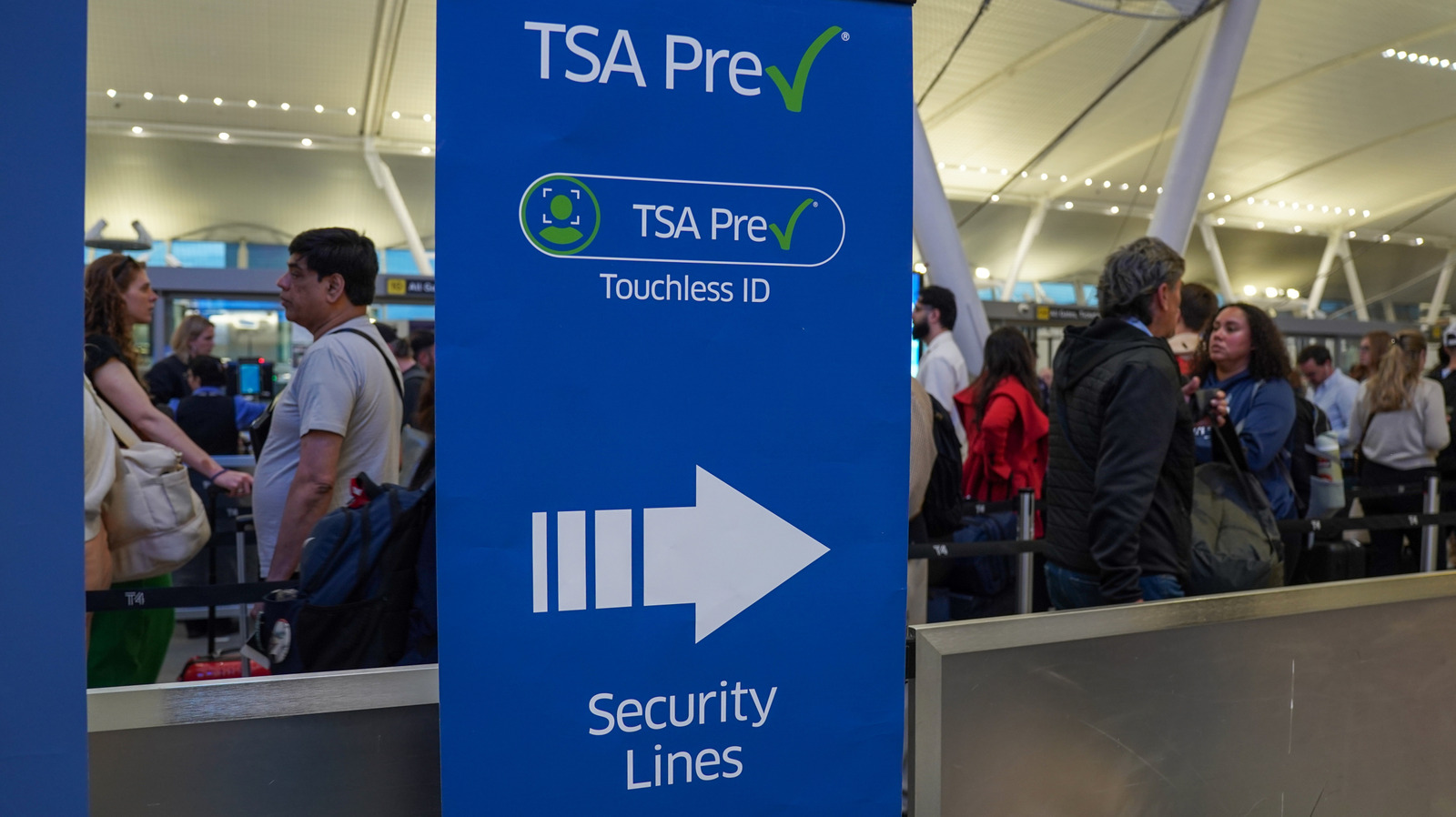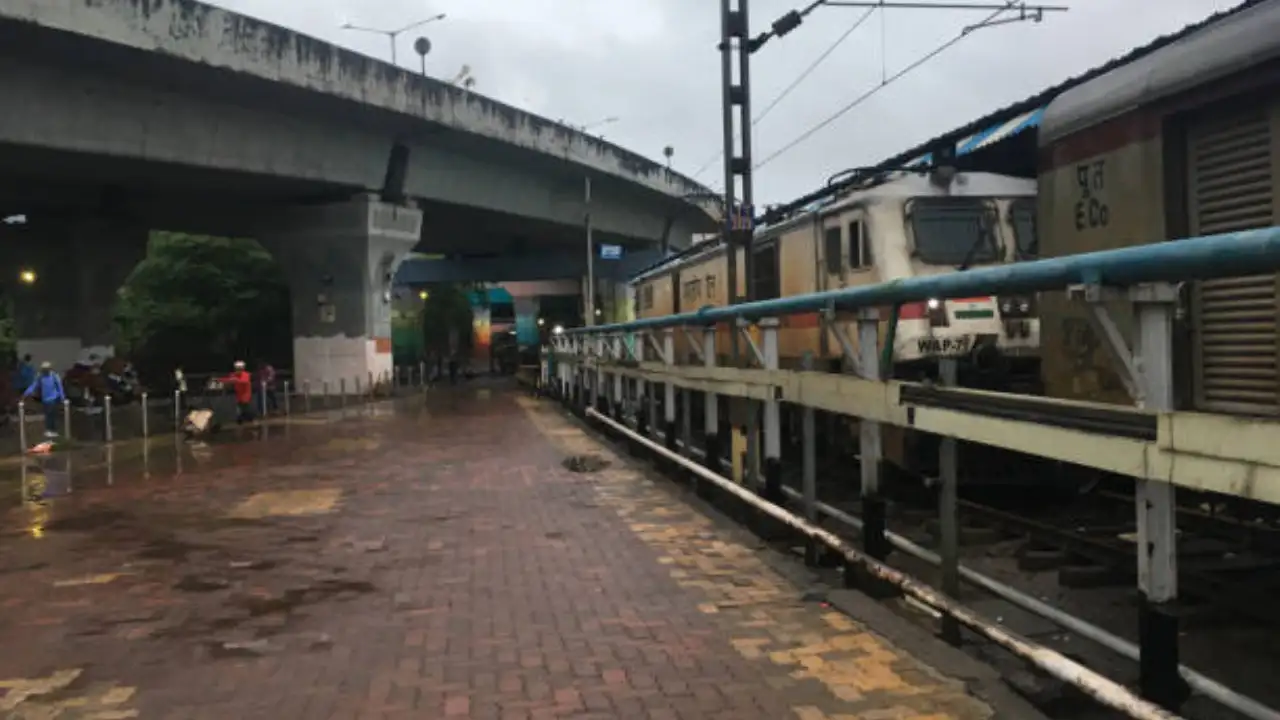
As of this past Wednesday, October 1, the United States government has been shut down due to a failure to pass new funding agreements. As a result of this shutdown, the majority of government employees have been furloughed, neither coming into work nor being paid, and will remain as such until the shutdown concludes. However, government employees who are considered essential, such as those with the Department of Transportation, are still going to work, albeit still without pay.
One such category of essential government employees is associated with air travel in the United States. Essential personnel include employees of the Transportation Security Administration (TSA) at security checkpoints in airport terminals, as well as air traffic controllers up in the towers. All of these employees are still working, which means travelers can still board planes and fly across and out of the country. While Americans can still fly during the government shutdown, though, the strained conditions may have some minor knock-on effects on the quality of travel, and the longer the shutdown lasts, the worse these conditions could potentially become.
While all nonessential government employees are currently on leave, the approximately 13,200 air traffic controllers and over 61,000 TSA workers that make the United States air travel system work are still on the job. If you go to an airport for a flight right now, you might not notice any difference from a typical air travel experience.
However, the mere knowledge that these workers are doing their jobs without pay, and will be working without pay for the foreseeable future, may start to adversely affect air travel procedures as the stress builds. During the last government shutdown in 2019, travelers reported longer lines at TSA security checkpoints and more frequent flight delays and cancellations. These occurrences have been attributed to greater stress on air travel workers from their unpaid conditions, as well as a larger-than-average number of air travel workers calling in sick, refusing to come to work, or even quitting outright.
“A shutdown is a wholly preventable blow to America’s travel economy—costing $1 billion every week—and affecting millions of travelers and businesses while placing unnecessary strain on an already overextended federal travel workforce,” Geoff Freeman, president and CEO of the U.S. Travel Association, said in a press release.
While we are in the early stages of the government shutdown at the time of writing, there is currently no estimation for when the shutdown could end. The 2019 shutdown lasted for 35 days, the longest in the history of the United States government, so there is precedence for this newest shutdown being a long-haul affair.
In that same vein, there is also precedence for a gradual worsening of flight conditions as the shutdown drags on. During the 2019 shutdown, the Miami International Airport was forced to suspend operations in one of its terminals entirely as there weren’t enough TSA agents willing to come into work without pay to support it.
In a statement to PBS News, air traffic controller union president Nick Daniels noted that these stressful conditions can have real impacts on the overall quality of air travel. “They’re out there working right now with critical staffing — the lowest staffing we’ve had in decades of only 10,800, where there should be 14,633. And on top of that, they’re working with unreliable equipment,” Daniels said.
If large swaths of government workers are either incapacitated from longer working hours or walk off the job entirely, lines will become longer and flights will take longer to take off, assuming there is even enough personnel to get them off the ground at all. Granted, this is a worst-case scenario, and hopefully, the shutdown will not last long enough for conditions to get this bad. Even so, if you have flight plans in the near future, you may need to be ready to make adjustments, or at least get to the airport earlier than usual. Remember to follow all TSA regulations like the 3-1-1 rule to keep checkpoints moving.



